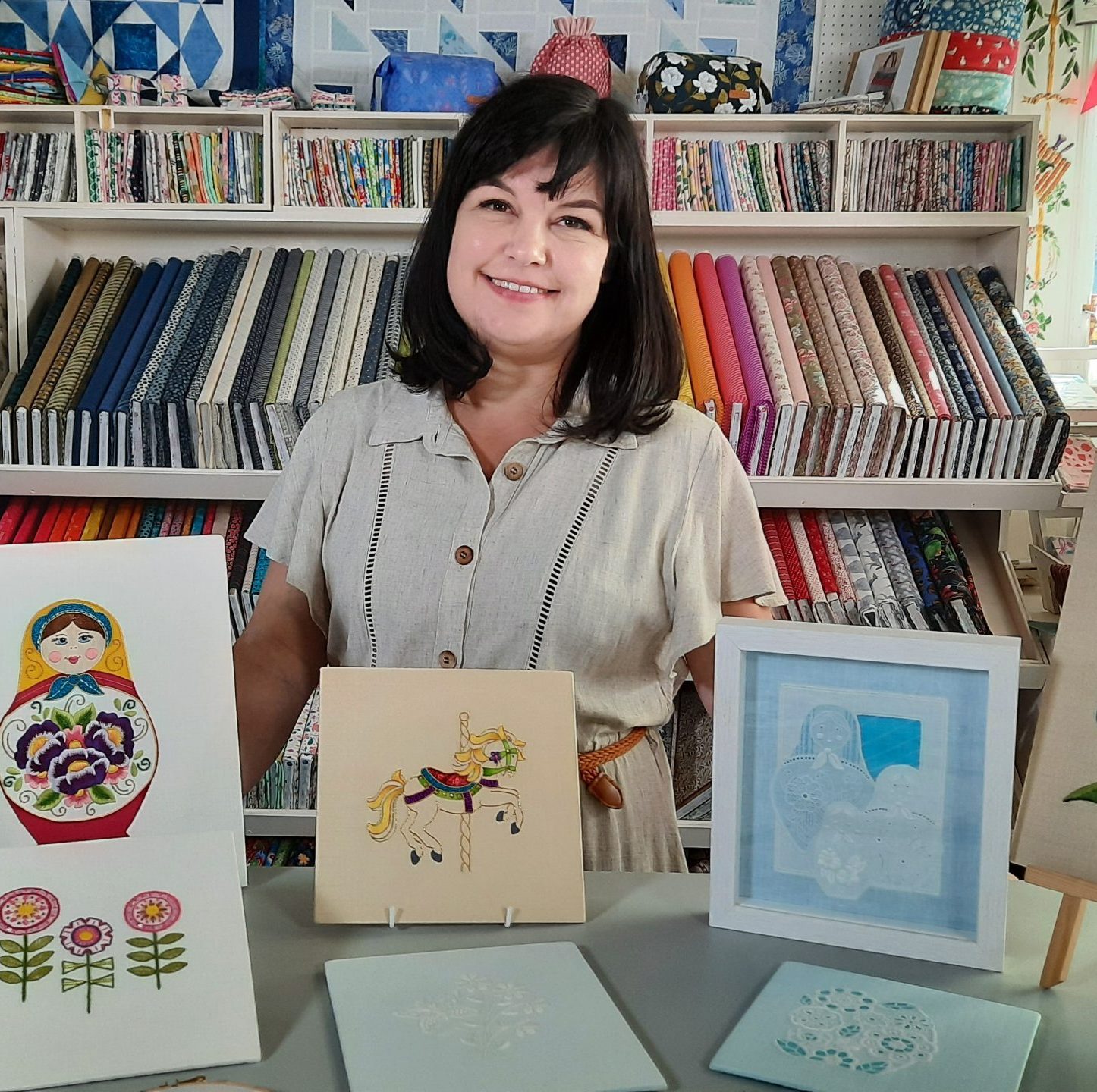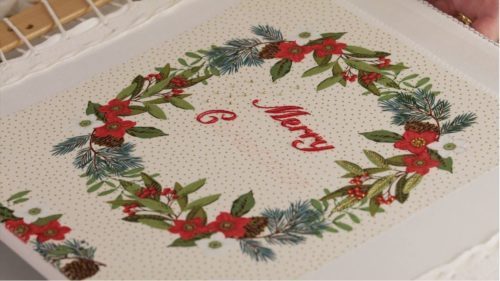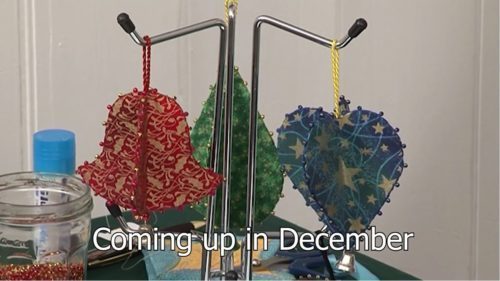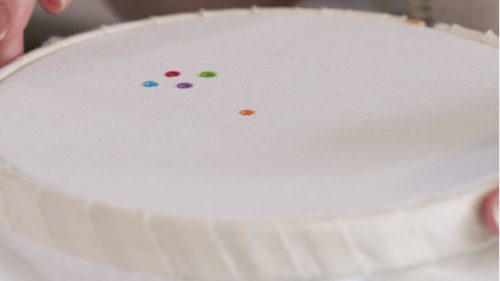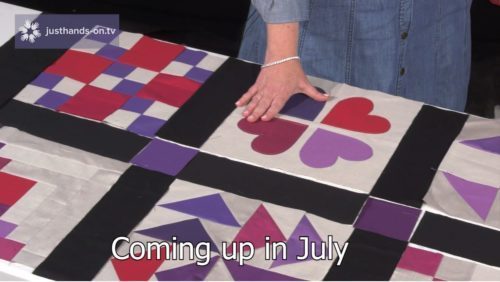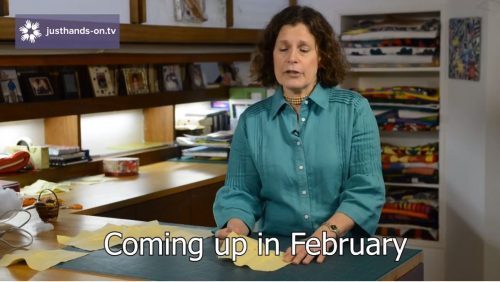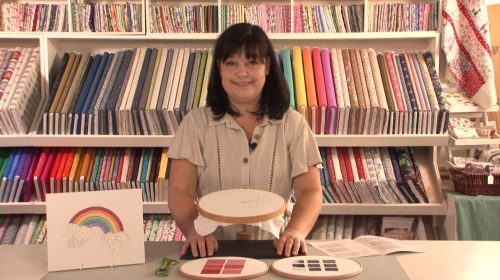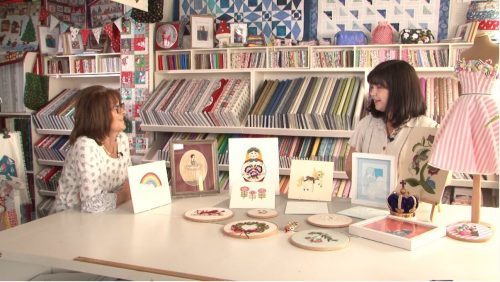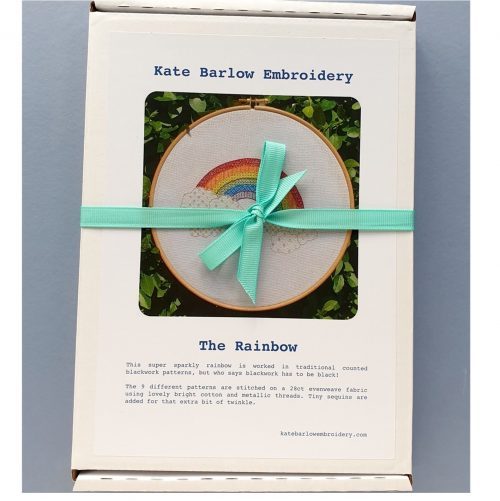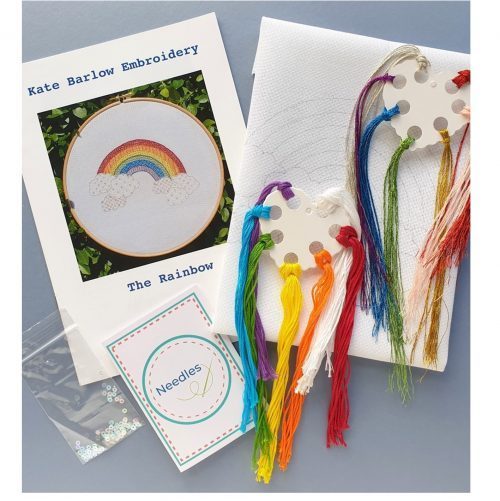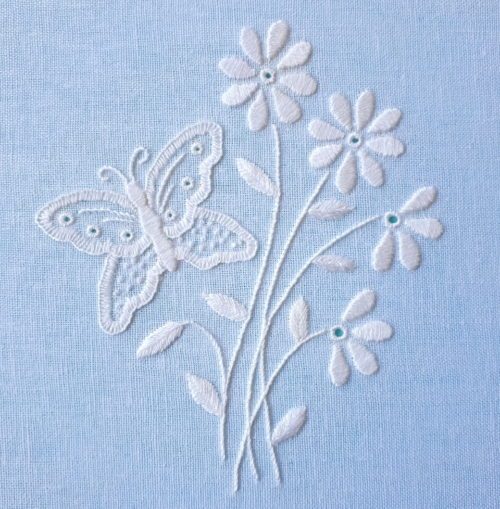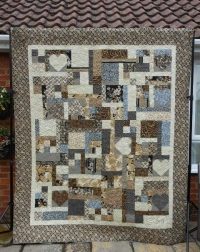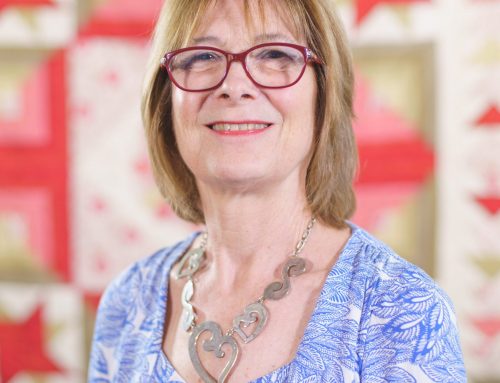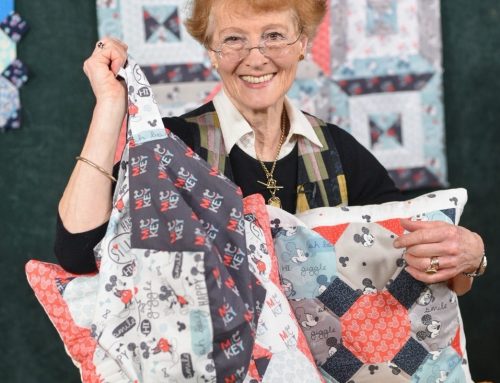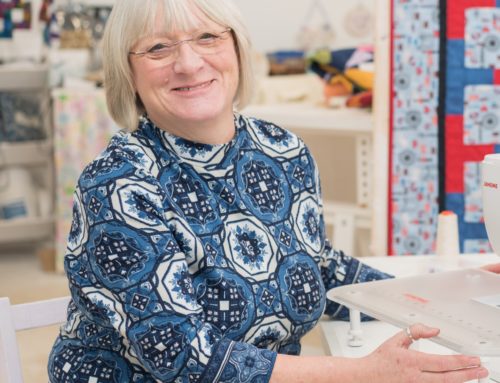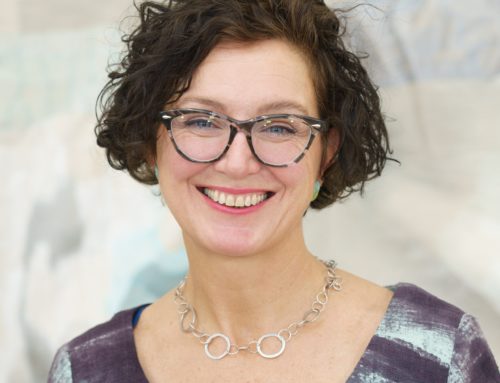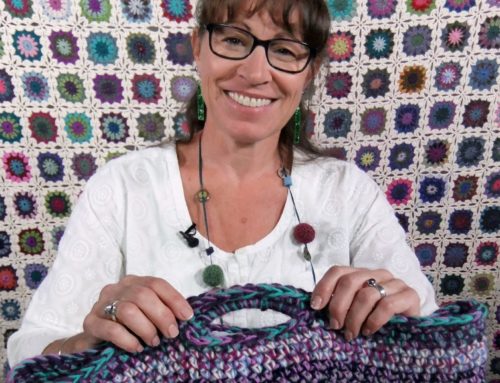About Kate
Kate grew up in North Wales and originally studied costume at the Royal Welsh College of Music and Drama in Cardiff before graduating in 2001 with a BA Hons in Theatre Design. Following this she worked as a freelance costume maker at Glyndebourne Festival Opera and then as part of the Touring Wardrobe department at the Welsh National Opera. Kate has always loved hand embroidery, and got the stitching bug from her Nan at an early age, so in 2013 she decided to take the plunge and re-train as an embroidery tutor at the Royal School of Needlework (RSN) at Hampton Court Palace.
Kate graduated from the Future Tutors Programme at the RSN with distinction in 2016. During the course she studied many traditional hand embroidery techniques including goldwork, Jacobean crewel work, blackwork, stumpwork and silk shading. In 2015 Kates Advanced Silk Shaded budgie “Smuggler” was accepted by the Royal Academy of Arts for their annual Summer Exhibition. The piece was also made into a greetings card.
Kate loves to design her own embroidery kits, using traditional techniques in a contemporary way. She also likes to combine her embroidery with her love of historical dress, creating kits based on original pieces. Her classes can cover all levels of ability, from absolute beginners to more advanced stitchers. When she’s not involved in freelance projects Kate works as a stitcher for the RSN in their commercial studio, working on conservation, restoration and private commissions.
Kate has taught for the Royal School of Needlework at Hampton Court Palace, RSN Bristol, Bath Fashion Museum, Williamsburg School of Needlework in the U.S., and the RSN 2018 Summer School in Lexington, Kentucky. She also teaches for The Craft Sanctuary, Needlework Tours and Cruises, The Alpine Experience, Crewelwork Company, and justhands-on.tv !
In 2018 Kate was runner up in The National Needlecraft Awards 2019 Embroidery Designer of the Year category.
Signature Technique
Silk Shading
Top Tips
- You invest a lot of time and love in your stitching so always buy the best quality materials and equipment you can afford. This will give you better results and will create pieces that will last and hopefully become heirlooms!
- To help stop your threads from becoming knotted and tangled, work with a fairly short length in the needle. About 30cm is a good length and it will also help to maintain the condition of the thread.
- Don’t be afraid to have a go! Even the best stitchers get very good at unpicking! One of the nice things about hand embroidery is that you can take things out if you’re not 100% happy.
- Use traditional techniques in a contemporary way to create beautiful textile art.
- Practise, practise, practise. I know it’s a bit of a cliche but every has to start somewhere are the more you stitch the better you get.
- Don’t underestimate the healing effects of hand sewing. Your projects don’t need to be complicated, even simple stitching can bring great pleasure and calm.
Videos
Posts
Turning 20 Again with Hearts
Look what Jasmine made at our Dunford House 2014 weekend getaway (and finished with her wonderful long arm quilting at home) look forward to you joining us again in 2015.
What size do you need to cut with the rotary cutter?
The rotary cutter means that you dont have to use templates and here are some simple rules that you can apply throughout your patchwork: On the Flying geese fast no-waste method you just need to add 1 1/4" to the finished size you need for the larger square so for 4" you need 5 1/4" and then 7/8 to the size of the smaller square - so again you are right at 2 7/8 and if you want to enjoy the video on this click here: The other magic numbers for rotary cutting are as follows:
For a plain square you add 1/2" so 4" finished becomes 4 1/2" For a half-square triangle we now add 1" - so cut 5", - and once sewn trim back to be an accurate 4 1/2" before sewing
and for quarter-square triangles we add 1 1/4" (as per the flying geese) and pay attention to the seam allowance we sew!
Do you love Butterflies?
I do and certainly can't resist fabric that has them on; not so keen on moths however. Still follow this link and you will see them in a whole new light: North Carolina-based artist Yumi Okita creates beautiful textile sculptures of moths, butterflies, and other insects with various textiles and embroidery techniques. The pieces are quite large, measuring nearly a foot wide and contain other flourishes including painting, feathers, and artificial fur.

